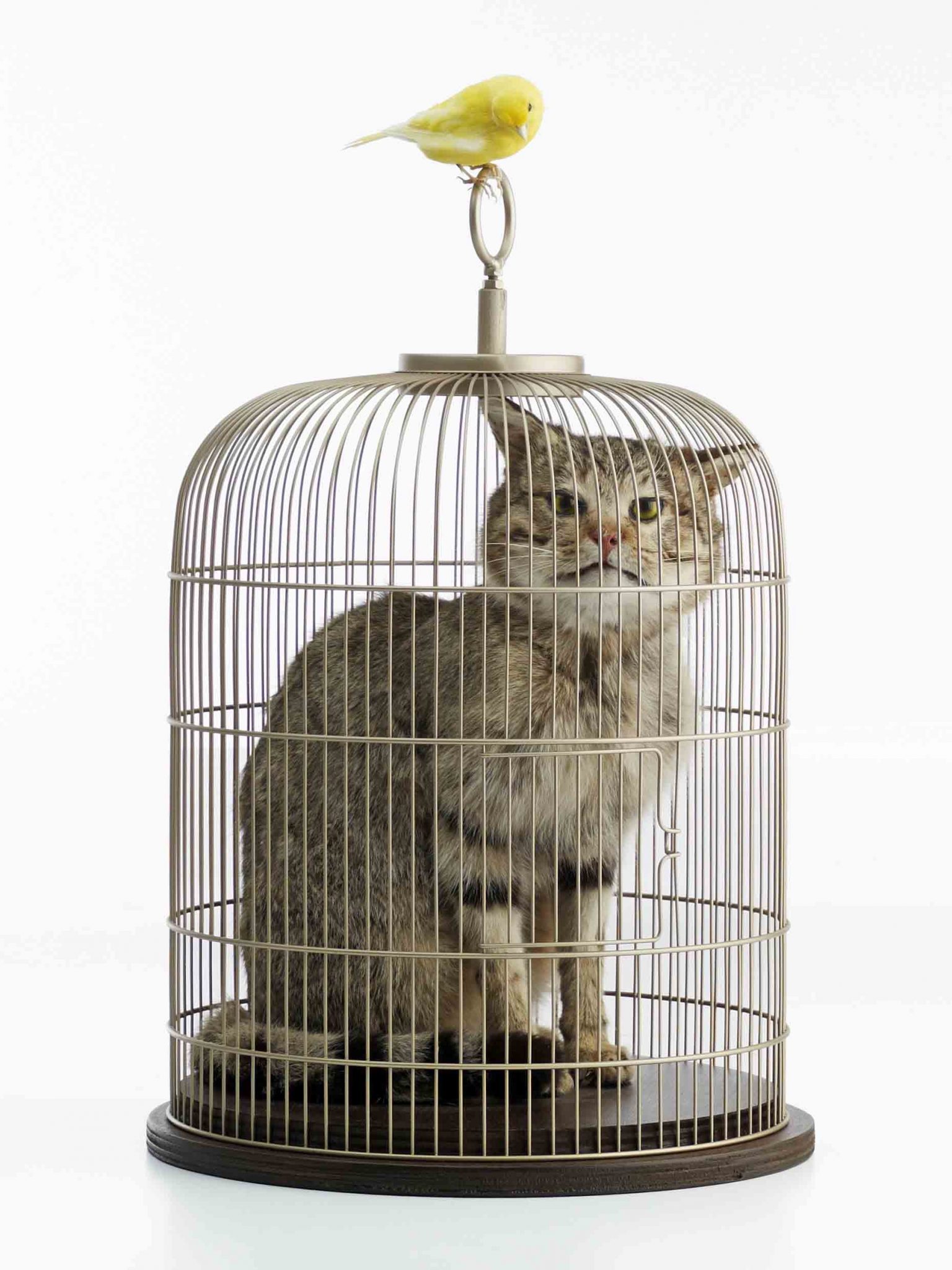Paul Valéry may have touched on something essentially modern when he quipped, ‘Truth needs the lie – otherwise how could one define it?’ Indeed, a fascination with the construction of reality has defined our era as much as anything. Recently, however, the increasing technological mediation of perception and the return of zombie versions of postmodern ideas (Karl Rove: ‘When we act, we create our own reality’) have accelerated what Stephen Colbert calls truthiness: defined by the American Dialect Society as ‘the quality of preferring concepts or facts one wishes to be true, rather than concepts or facts known to be true’. This is the premise of More Real? Art in the Age of Truthiness, currently at SITE Santa Fe and travelling to the Minneapolis Institute of Arts. Spanning the George W. Bush years, the artworks in More Real? present fictions as if they were true, forge amalgams of the two and test the viewer’s powers of discernment by soliciting credulity and scepticism in equal measure.
Some hoaxes convey difficult realities: the Yes Men achieved real results when their fake 2004 announcement that Dow Chemical would compensate victims of the 1984 Bhopal chemical disaster caused the company’s stock to fall by $2 billion. The truth came out in the Yes Men’s subsequent fake retraction: ‘Dow will not commit any funds to compensate and treat 120,000 Bhopal residents who require lifelong care… Dow cannot do anything that goes against its bottom line unless forced to by law.’ (Union Carbide, the majority owner of the Bhopal plant at the time, made a legal settlement with the Indian government in 1989.) The Yes Men’s New York Post Special Edition (2009), published on the eve of a UN meeting on climate change and declaring, ‘We’re Screwed. What you’re not being told: official City report predicts massive climate catastrophes, public health disasters’, takes on painful relevance in the wake of Hurricane Sandy and fits right in with Bloomberg Businessweek’s recent headline: ‘It’s Global Warming, Stupid.
Some worry that describing these parafictions as art creates a catchall for unserious or purposeless activity. Yet other works aestheticise the real with equally disquieting implications. Long-exposure photographs of the night sky by Trevor Paglen conjure Van Gogh’s anguished nocturnes, but titles such as Nine Reconnaissance Satellites over the Sonora Pass (2008) collide cosmic and technological pathos. The aesthetics of the sublime also conflates human and natural drama in Walid Raad’s recordings of the sun setting beyond a Beirut pier, footage that was purportedly captured by a surveillance camera during the Lebanese Civil War (I Only Wish That I Could Weep, 2001–02). Beauty in these works is both complicit and redemptive.
Painting is conspicuously absent from the exhibition, but it is conjured by Eve Sussman and the Rufus Corporation’s elaborate video 89 Seconds at Alcázar (2004). In a cinematic staging of Velázquez’s Las Meninas (1656) – a work that famously implicates the viewer in the irresolute pictorial space of the Habsburg palace – Sussman and Rufus bring the enigmatic masterpiece to life. But what is more real, the video virtualisation or the painting whose only stable subject matter is representation per se? By calling on the deep time of painting, 89 Seconds at Alcázar reminds us that art, like reality, has long challenged our powers of perception.
This article was first published in the January & February 2013 issue.
